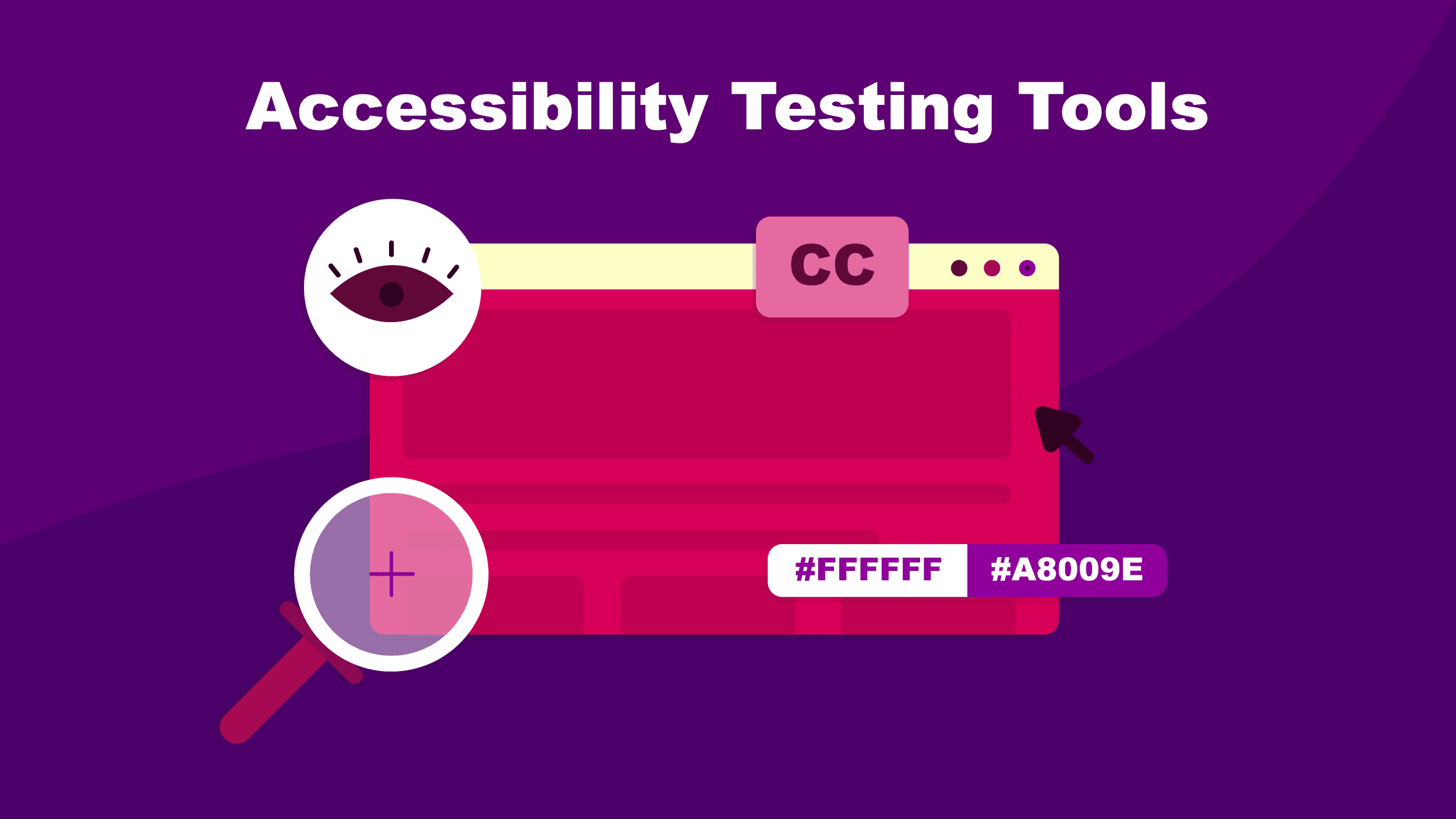Image Source: Google
In today's digital age, technology has become an integral part of our daily lives. From smartphones to laptops, we rely on these devices for communication, work, entertainment, and even education. However, not everyone has equal access to these technologies, especially individuals with disabilities. In order to bridge this digital divide, it is essential to ensure that digital products and services are accessible to all. This is where accessible testing plays a crucial role in empowering individuals and promoting inclusivity.
Accessible testing refers to the process of evaluating digital products and services to ensure that they can be easily used and understood by individuals with disabilities. This includes people with visual, auditory, cognitive, and physical impairments. By conducting accessible testing, companies and organizations can identify and address any barriers or obstacles that prevent individuals with disabilities from fully engaging with their digital products.
One of the key benefits of accessible testing is the promotion of inclusivity. When digital products and services are designed and developed with accessibility in mind, they become more inclusive and welcoming to individuals with disabilities. This allows them to participate in various online activities, such as browsing websites, using mobile applications, and accessing online services. By making digital products and services accessible, companies can ensure that individuals with disabilities have the same opportunities and experiences as their peers.
Moreover, accessible testing also contributes to the empowerment of individuals with disabilities. It gives them the freedom and independence to navigate the digital landscape without limitations. By removing barriers and providing equal access, accessible testing empowers individuals to explore and utilize the vast resources available online. This enables them to stay connected, pursue educational and professional opportunities, and enhance their overall quality of life.
There are several key principles and guidelines that need to be considered during accessible testing. One important principle is the concept of perceivability. This means that digital products and services should provide information in multiple ways to accommodate different sensory needs. For example, providing alternative text descriptions for images allows individuals with visual impairments to understand the content.
Another principle is operability, which focuses on ensuring that digital products and services can be easily operated by individuals with disabilities. This includes features such as keyboard accessibility, voice commands, and customizable settings to accommodate different needs and preferences. By considering operability during testing, companies can create a more user-friendly and inclusive digital experience.
Usability is another crucial principle in accessible testing. It emphasizes the importance of designing digital products and services that are intuitive and easy to use. This involves conducting user testing with individuals with disabilities to gather feedback and insights on how to improve the overall user experience. By involving users with disabilities in the testing process, companies can gain valuable insights and make informed decisions to enhance accessibility.
Overall, accessible testing plays a vital role in promoting inclusion and empowerment in the digital landscape. It ensures that individuals with disabilities have equal access to digital products and services, allowing them to fully participate in the online world. By adhering to key principles and guidelines, companies can create more inclusive and user-friendly digital experiences. Accessible testing is not only a legal requirement in many jurisdictions, but it also reflects a commitment to social responsibility and equality. By investing in accessible testing, companies can contribute to a more inclusive and empowered society.

